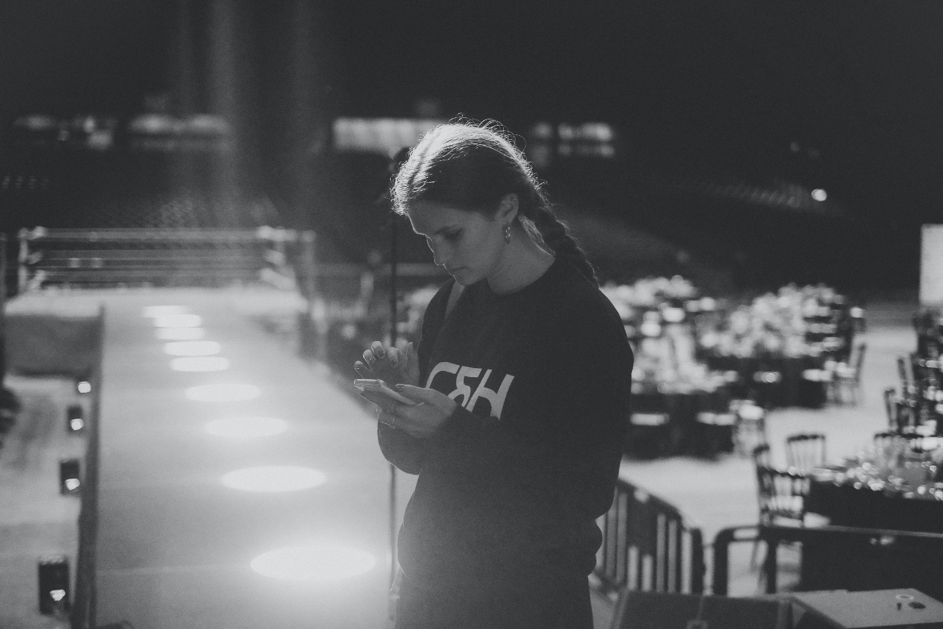By Ellen Loots and Rūta Skujiņa
Work in the cultural industry has been labelled ‘affective labour’: many workers experience a strong affective attachment to arts and culture, originating and resulting in feelings of wellbeing, connectedness and excitement (cf. Hardt and Negri 2000). Young aspirant workers find the industry a highly appealing work environment, despite increasing evidence of drawbacks of cultural work, including underemployment, low pay and health problems due to the flexibility and insecurity that come with working in the cultural industry. Being able to enter such a labour market often requires a set of unpaid work experiences, including internships. How (un)fair is that?
Continue reading “ARE INTERNSHIPS IN THE CULTURAL INDUSTRY (UN)FAIR? A STUDY OF THE DEMAND SIDE”


Recent Comments